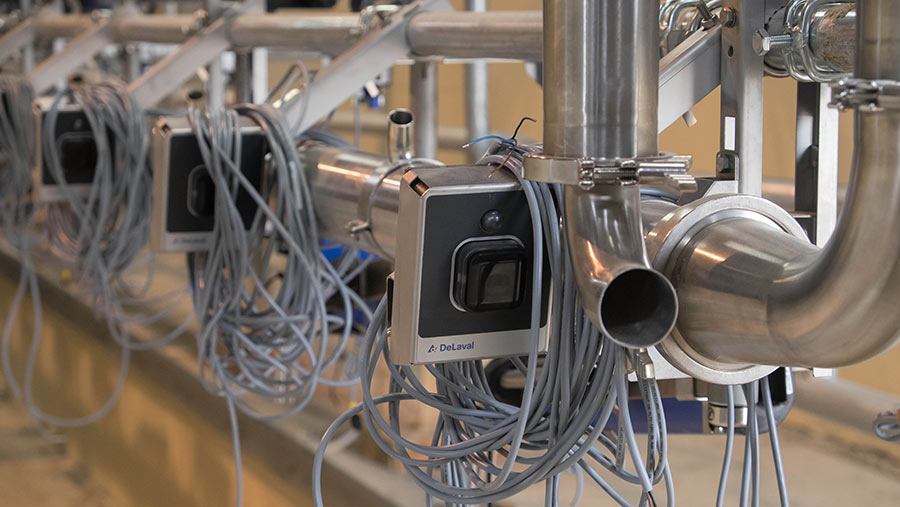Advice on investing in your dairy unit and staying resilient
 © Tim Scrivener
© Tim Scrivener Recent years have shown that the dairy farming businesses that can react quickly and evolve efficiently through challenging times are the ones that will survive.
But how do you plan for the future and make those big decisions that will affect your business in five, 10 or 20 years’ time, while also ensuring that you stay resilient in the short term?
Kite Consulting’s Chris Flint considers the challenges.
1. Does the investment meet your goals?
Before you make any big decisions or investments, it is essential that you check they meet the business and personal objectives of all the current stakeholders and those who may have a future involvement.
If they don’t, why make the changes at all?
2. Set clear objectives
One of the first things that farmers should do as part of any long-term planning process is to hold an informal meeting with the family or stakeholders to discuss what everyone wants from the business.
It is always better to have these meetings before circumstances – such as an investment opportunity or bereavement – add time and emotional pressures to the situation.
It is well worth writing down the key objectives highlighted and revisiting them over time, as the individual circumstances of stakeholders will change.
Once you have a clear picture of your objectives you can develop a plan for moving the business forward and analyse what areas of the business need investment to help reach these objectives.
Adding 100 more cows and the associated infrastructure may look good on paper, but is that actually what anyone wants to do if the core objective identified by the family is to have more time away from the business?
3. Consider payback
Unless it is for legislative or health and safety reasons, no investment is worthwhile unless it has a positive impact on the business.
This might include non-financial impacts, such as improving quality of life, but usually investments are carried out with the objective of adding or preserving profit.
Consider how long will it take for a specific investment to pay for itself, and the return on capital. For example, if the return on capital is 20%, the investment will take five years to pay back.
For businesses with a significant exposure to interest-rate changes, fixing at least a portion of the borrowing could well be a sound strategy.
4. Invest for the long term
If a business decides to make significant change, for instance by investing in infrastructure or land, then the resilience of that business can decrease in the short term, until that investment is really contributing back into the business.
Over time, the debt associated with the new asset should also fall and this will in fact increase the businesses’ ability to manage challenging times and therefore help improve resilience in the long term.
Top tips:
- Know your cost of production (COP) and what milk price you need to break even. How does this compare with others?
- The investment should help lower COP and breakeven milk price.
- The result of the investment won’t usually be instant, so consider cashflow and what the working capital needs are for the business in this period. You may need to extend the overdraft, for example.
- Investments should improve the balance sheet and increase capital.
- Plan for sensitivities such as milk price fluctuations and interest rate rises.
- The better the investment, the quicker the payback.
Difference between COP and breakeven milk price
COP: All costs added together and divided by the number of litres produced.
Breakeven milk price: What the milk price needs to be in order for your business to break even. (This includes other income streams such as SFP and calf sales.)
